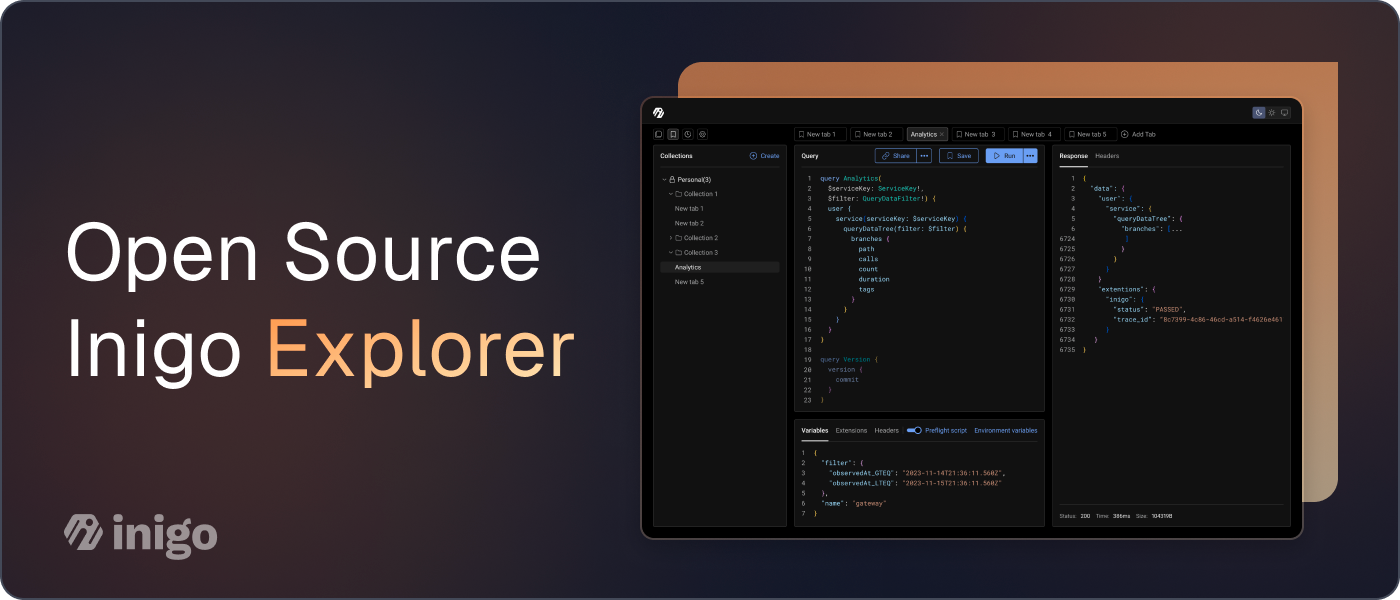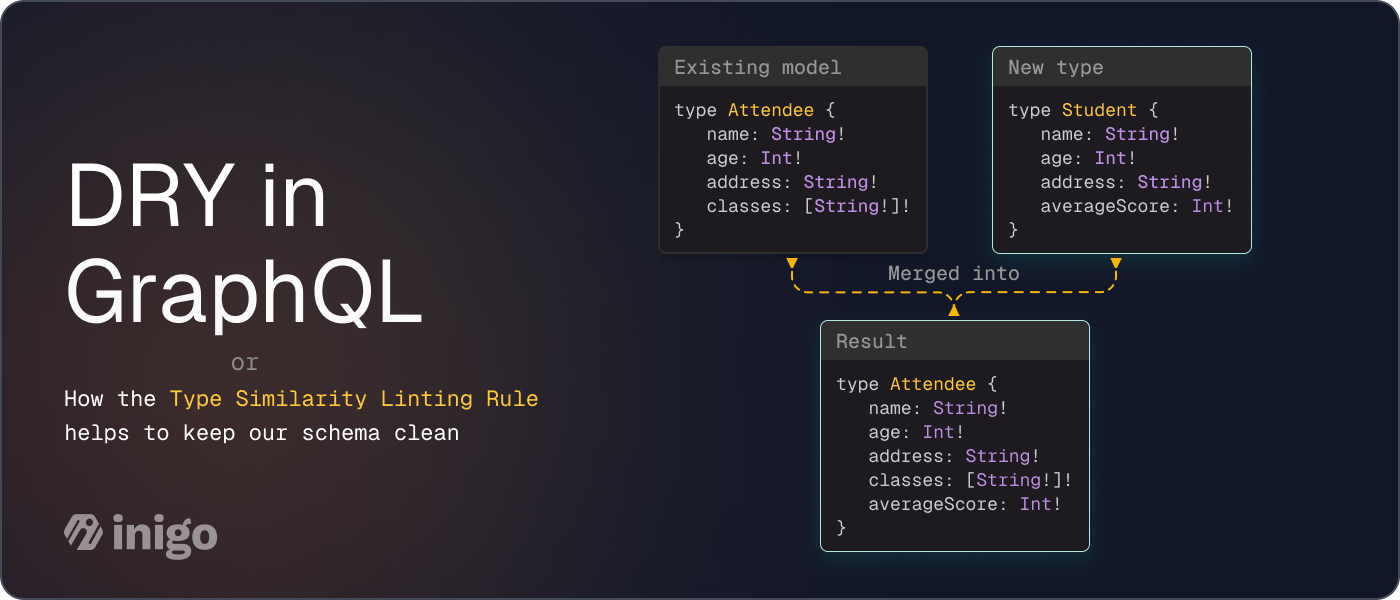Embracing GraphQL - A Collaborative Journey
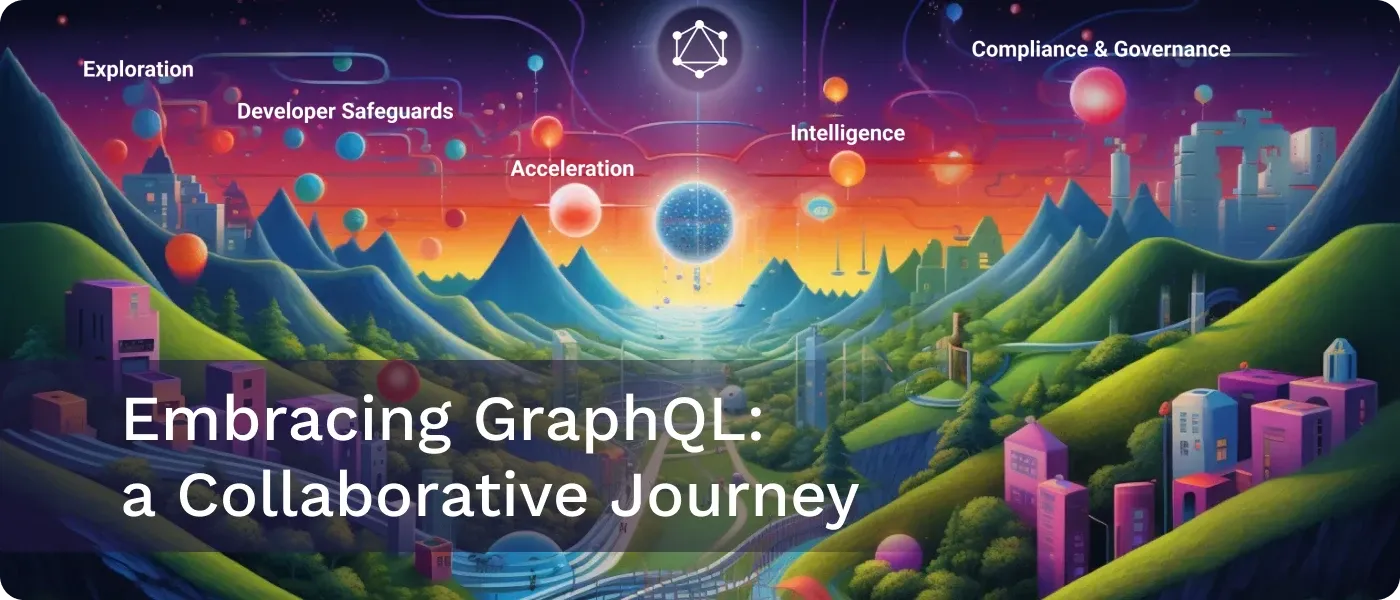
Introduction
The journey of adopting GraphQL technology is a shared adventure, characterized by unique challenges and common trends. As we delve into the stories of fellow GraphQL adopters, it becomes evident that the journey is not a solitary quest, but rather a collective effort involving multiple stages of growth, exploration, and innovation.
We all go through similar phases: Some organizations try to leverage existing supporting tools, some build in-house, and others defer to off-the-shelf solutions. Nevertheless, as the Graph evolves, our teams and needs evolve with it.
Understanding these phases and GraphQL’s lifecycle can help expedite your GraphQL roadmap and hopefully help identify any missing GraphQL building blocks so your org can scale confidently.

The Phases of GraphQL Adoption
GraphQL Exploration
In many organizations, there's usually a 'GraphQL champion', perhaps someone like you. This person might start their first GraphQL project or bring experience from previous projects. Their aim could be anything from experimenting with GraphQL as a side project to introducing new functionalities in a product, or even replacing older REST APIs.
The first step in GraphQL adoption often begins with a basic setup - typically a single GraphQL server connected to one database. This is where key decisions are made about exploring GraphQL, drawing on the wealth of resources and tools available in the GraphQL community.
Choosing the right implementation and tools is crucial at this stage, keeping in mind that different teams within your organization might select different GraphQL tools or implementations based on their specific needs.
As your team gains more experience with GraphQL, the structure of your GraphQL implementation may evolve. This could lead to adopting a federated architecture, where different teams manage their own services (known as subgraphs). These subgraphs are then integrated and managed by a federated gateway, creating a cohesive and unified schema from multiple sources.
Developer Safeguards: Building a Strong Foundation
This phase, which I like to call the ‘Developer Safeguards’ phase, focuses on expanding the GraphQL toolbox and laying a strong foundation for future development.
This phase integrates specific GraphQL concepts into the development lifecycle by applying a declarative shared configuration and integrating it with development management tools like CI/CD.
Essential tools often adopted during this phase include:
- Schema Checks: Ensuring that GraphQL schemas are robust and error-free.
- Operation Registry: Efficient management of GraphQL operations.
- Schema Registry and Composition: Organizing and managing multiple GraphQL schemas.
- Linting: Maintaining code quality and consistency.
Acceleration
In the ‘Acceleration’ phase, the adoption of GraphQL gains momentum. Here, multiple teams might start offering GraphQL endpoints, and the responsibility for the operability of the graph often shifts to broader API/Platform teams, who own a broader API mandate.
Collaboration is needed to speed up product delivery between GraphQL subgraph tenets, the platform team, and the frontend teams. This phase includes exploring tools for:
- Advanced GraphQL Observability: Gaining deeper insights into GraphQL operations.
- Performance and Cost Analysis: Understanding and optimizing the resource utilization.
- SubGraph Trace: Tracing and troubleshooting GraphQL queries.
- Elevate GraphQL Errors: Identifying and prioritizing critical errors.
- Assessing GraphQL System Health: Maintaining the overall health of the GraphQL system.
This is a pivotal stage. The first reaction is to try and leverage existing REST API tools to help with GraphQL's missing building blocks. In some organizations, these tools are sufficient, but in others, it's realized that existing REST tools lack the necessary breadth to support a free-form API like GraphQL.
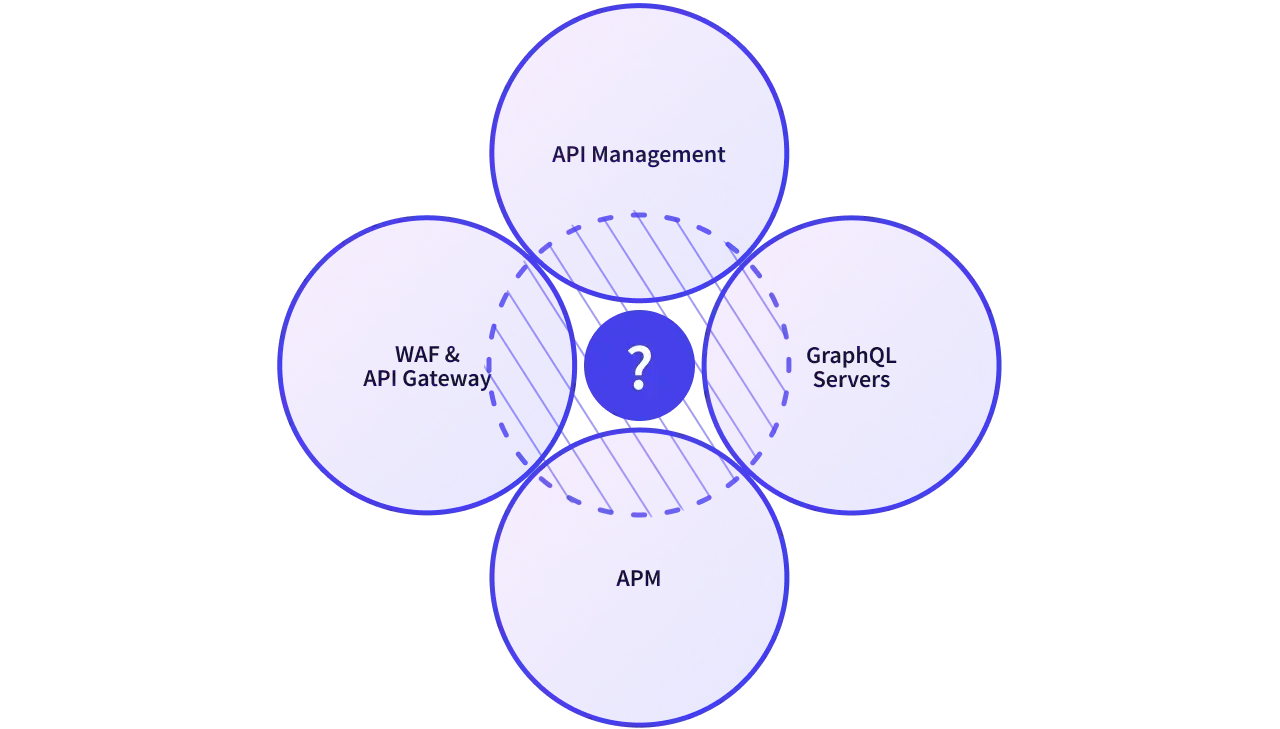
Intelligence
The fourth stage, termed the “Intelligence” phase, marks a point where GraphQL’s influence extends beyond just the frontend and backend engineering teams. It involves GraphQL collaboration as it starts impacting various organizational teams, including:
- Business Teams: Seeking operational reporting.
- Product Teams: Looking to understand feature impacts.
- DevOps: Handling infrastructure and operability.
Discussions now revolve around product insights, anomaly detection, alerts, schema management, coverage, and history.
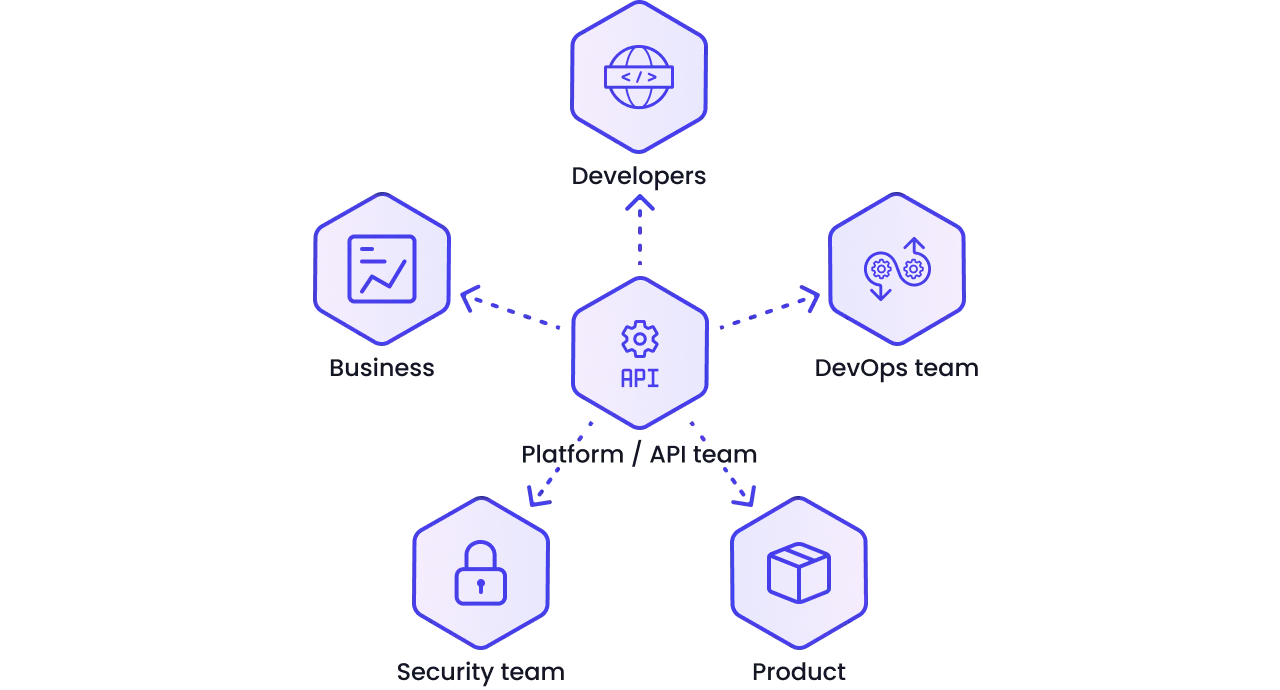
Compliance and Governance
The final phase addresses GraphQL’s penetration into large organizations across Fortune 500, especially in sectors like finance. The ability to answer audit trail questions like “Who can access what?” and later on, “Who accessed what?” poses organizations with new hurdles.
This phase involves integrating security concepts such as RBAC and rate-limiting into day-to-day GraphQL operations in a declarative and abstract manner, necessitating the involvement of security and compliance teams.
Conclusion
The journey of adopting GraphQL is a testament to the power of collaboration and innovation. Each phase represents a crucial step in integrating this transformative technology across diverse business landscapes. Without cross-team efforts, appropriate tooling, and clear expectation-setting, the path to adopting GraphQL can be challenging.
As the GraphQL community continues to evolve, so too does its potential to revolutionize how we think about and manage APIs in the modern digital ecosystem.
Can you pinpoint where your organization currently stands in this journey? Can you identify your gaps?

